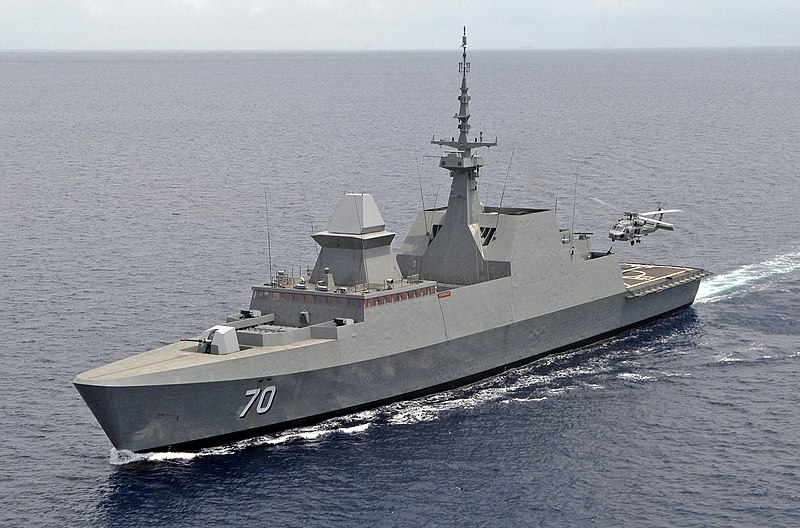Capability development is seen to be the most urgent goal for the regional players involved in the territorial disputes in the South China Sea. Faced with a strong and growing China and the PLA, the Philippines, Malaysia and Vietnam are scrambling to fill the gaps in the capabilities of their respective defence forces which were previously neglected. The most urgent gaps are those in the Naval and Air defence capability as well as those in surveillance.
Even those not directly involved in the dispute feel pressured to update their hardware (and software) to avoid tilting the balance of military capabilities well outside their comfort zone.
Much of the development in capability of the respective armed forces has come from acquisition, mostly from the west, which has a much more advanced and mature arms market.China is the exception where almost most of their armaments are put together locally thanks largely to their strong economic ability.
However, to develop a more sustainable development, ASEAN nations would do well to pay to the development of their respective local defence industries. They simply have to look to nearby Singapore which has had much success in this.
Singapore's defence sector - comprising of the state's Defence Science Organisation, the Defence Science and Technology Agency, and Singapore Technologies as well as other smaller players - is the envy of the region. Relatively mature, Singapore's defence sector, produces it own indigenous platforms, collaborates with other defence contractors and it undertakes the modification and customisation of existing platforms and armaments that the SAF already possesses.
Much of their technological know-how can be attributed to the emphasis in technology transfers during the procurement process with other countries with a more mature defence sector. In addition to simply negotiating a transfer of knowledge, Singapore also negotiates measures which allows for the involvement of their local defence contractors.
An example, is the development and procurement of the Formidable-class frigates. The French company, DCNS, was awarded the contract for 6 frigates, where the first would be built in France while the remaining 5 would be built locally by Singapore Technologies Marine. Subsequent retro-fits and maintenance would be done locally as well.
Formidanle-class Frigate
The benefit of involving local defence contractors is that it allows for the native capability to grow by the development of the physical infrastructure as well as the human talent to handle such projects.
This is notwithstanding the fact that monetary resources are reinvested locally instead of simply being spent overseas.
A-4SU Super Skyhawk
The expertise gained from growing its own indigenous arms industry has even allowed Singapore to improve and adapt existing platforms to better suit its needs. In 1985, the declining performance of the A-4S-1 Skyhawk's Wright J-65 engine led the RSAF to contract the ST Aerospace (then known as SAI) to upgrade the Skyhawks. What resulted was the replacement of the engine to the General Electric's F404-GE-100D engines. Extensive changes to the airframe was made to accommodate the engine. The success of this programme led the rest of the RSAF's Skyhawk fleet to be refitted, as well as taking the opportunity to completely modernise the avionics package including the navigation systems, radar warning receivers, flare countermeasures etc.
Singapore has moved on from simply producing under license to developing and collaborative projects to developing truly indigenous weapons platforms, as can be seen in the Ultimax 1000, the Fearless-class patrol vessels, and the Terrex Infantry Carrying Vehicle to name a few.
In a 1986 paper by Arms Production in the Third World, Michael Brzoska and Thomas Ohlson, observed that "Singapore's arms inductry is the most diversified and capable in ASEAN."
DTI-1
In conclusion, the development of the native defence industry allows countries to break away from their reliance on external powers for solutions for their military needs. By achieving the maturity of the local defence industrial sector, platforms more suited to the unique requirements of the local defence force can be developed and also allows for better sustainability of defence procurement as investing locally saves on foreign exchange.



No comments:
Post a Comment